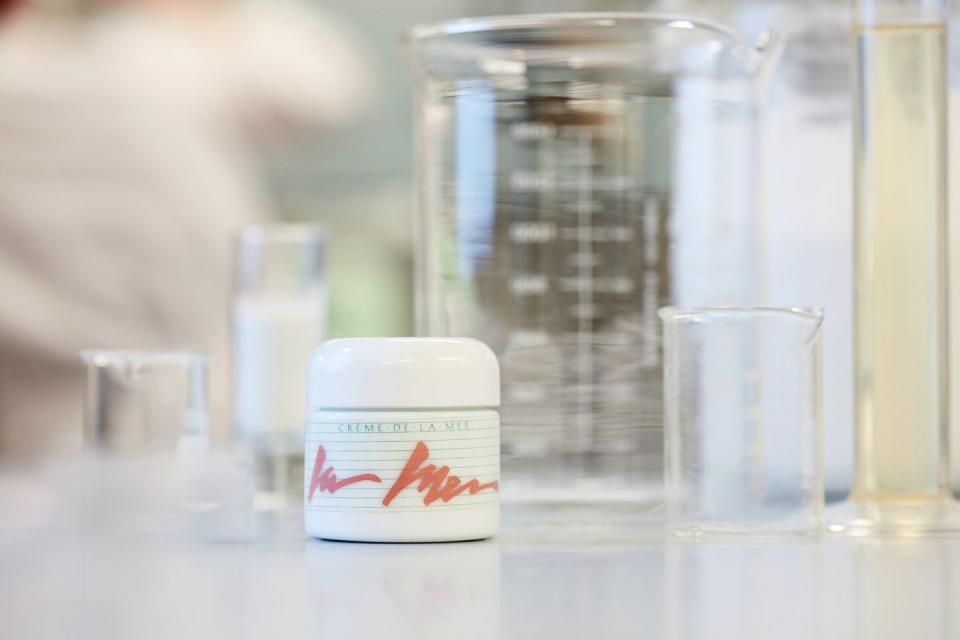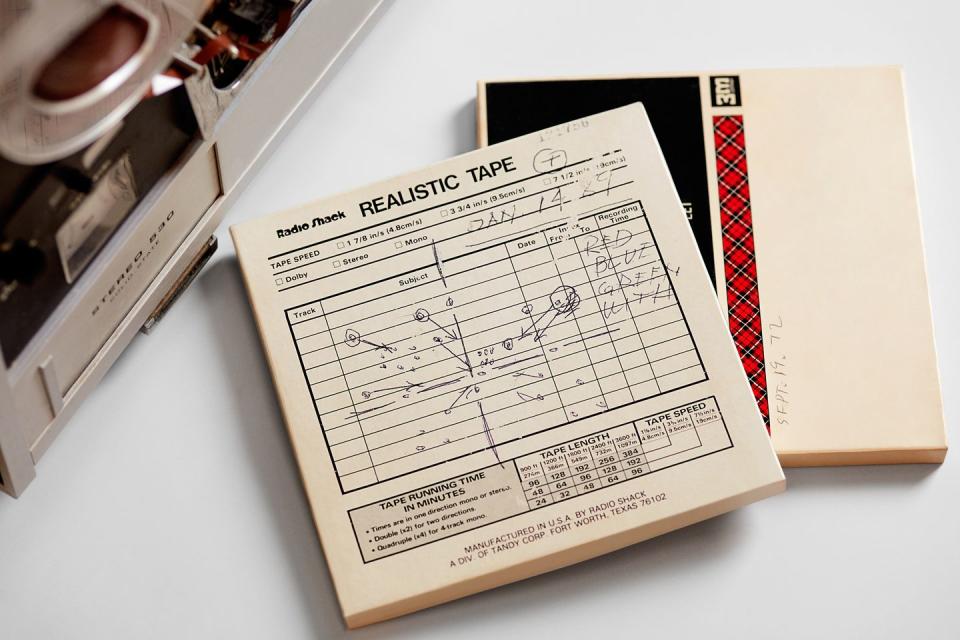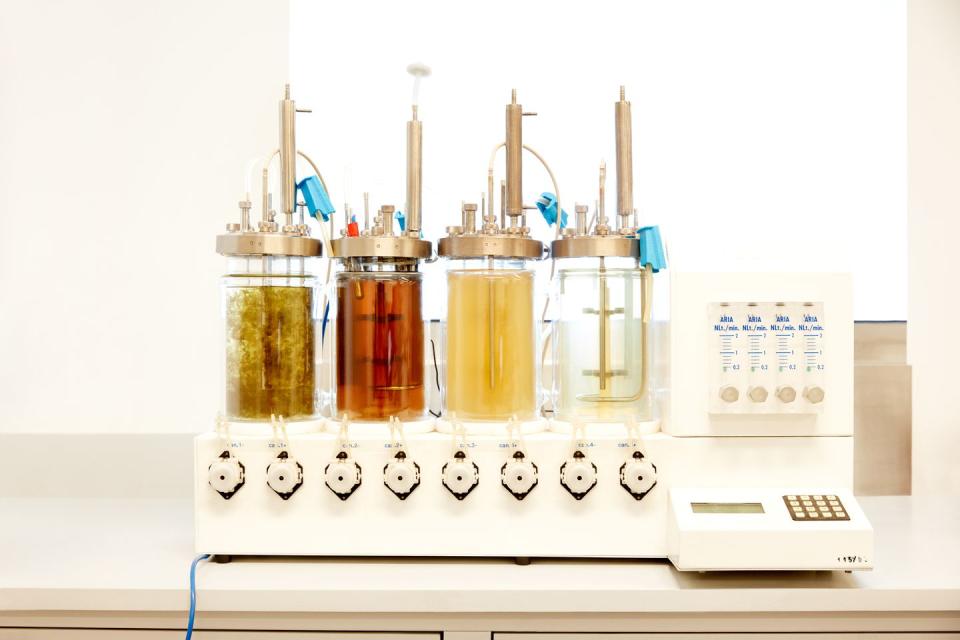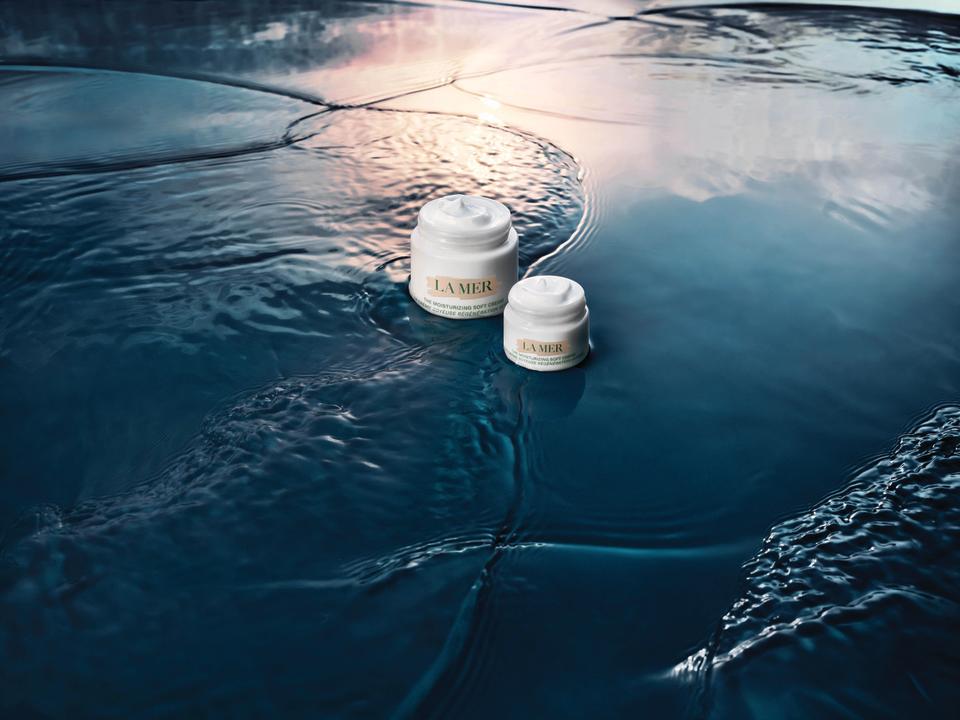The weird and wonderful story of the cult Crème de la Mer
Very few beauty products bear the legacy of Crème de la Mer Moisturizing Cream, the jewel in the crown of the luxury skincare and make-up brand La Mer.
It’s steeped in stories, from its serendipitous conception to its otherworldly recreation when its founder passed, and conspiracies surrounding its fable and formula. Yet, to many, Crème de la Mer is simply known to be the ultimate anti-ager; the pricey pot packing a mysterious ‘miracle broth’ said to be the world’s most coveted skin cream.
And indeed, its demand remains immense. With 65.6 million views on TikTok of content tagged Crème de la Mer, and one jar selling approximate every 36 seconds worldwide, we glance back at its past and consider its real relevance today.

The history of Crème de la Mer
It all began with Dr. Max Huber, an aerospace physicist who in the 1950s found himself in a chemical explosion when working on a rocket stabiliser. “After suffering burns in a laboratory accident, he took an innovative approach to formulation by using the power of physics and energy to transform the look of his skin,” explains Paul Tchinnis, the research and development director at the La Mer Max Huber Laboratories in New York. A “true visionary and pioneer in the field of fermentation, anti-ageing and healing moisture,” Huber looked to the sea and, inspired by the natural self-regenerating powers of living algae, took a unique approach to restoring his skin.
“Fermentation is not a new practice, it’s a naturally occurring process that has been used for years in the food and wine-making industries,” notes Tchinnis. “However, at the time, using fermentation was unheard of in the skincare industry.” In doing so, Huber created a process designed to convert self-regenerating Giant Sea Kelp and other ingredients into a potent elixir which he coined the ‘miracle broth’, now found in all La Mer’s skincare concoctions. But it wasn’t just the composition of the scientist’s ‘cream of the sea’ that made it a success, but the use of light and sound energy to impact chemical reactions that occur during its formula’s fermentation (Huber always played specific sound waves and exposed it to pulsed light during the process – which happens in the production of the product to this day).


Sold at American department stores from 1956, and trademarked in 1983 in California, Crème de la Mer became a niche yet cult skincare sensation. Following Huber’s sudden death in 1991, The Estée Lauder Companies Inc. officially acquired it in 1995, nurturing it into the icon it is now. Not that it was easy for the beauty giants to recreate the secret recipe of Crème de la Mer, though; like the scientist’s 10-year process, it was a labour of love for Lauder’s beauty boffins, with an executive even enlisting a medium to channel Huber, and his processes, from beyond (yes, really).
Today, each La Mer scientist has a role in ensuring that the metabolic fermentation process is monitored to meet exact specifications, maintaining the broth’s maximum energetic potential as it always was.
Is Crème de la Mer more than a moisturiser?
Benefits of the ultra-rich cream go beyond moisturising the skin, although it does that with aplomb. It also soothes sensitivities caused by environmental stressors, strengthens the skin barrier, and boosts skin’s energy for better rejuvenation. The signature fermented algae extract is at the heart of these benefits (it conditions and smooths skin, and helps attract and retain water) but support acts in the product’s line-up play a part, too. The INCI list also counts glycerin, a star moisturiser; sesame seed oil, a fatty acid-rich nourisher; and copper gluconate, celebrated for its ability to heal wounds. Of course, Crème de la Mer is far from ‘a glorified Vaseline’ as some detractors dismiss it as, though it does contain petroleum jelly (of which Vaseline is made entirely of) as well as mineral oil – which are both excellent moisturising ingredients, yet similarly controversial, being derived from non-renewable fossil-fuels.
The reason that Crème de la Mer is jaw-droppingly expensive, though, (think £435 for 100ml) may be because it’s so labour-intensive to produce. “All of our formulas, including our beloved Crème de la Mer, reflect highest quality ingredients, the intricate and time-intensive process integral to its creation and, most importantly, powerful skincare benefits that countless devotees across the world have experienced first-hand,” says Rocio Rivera, Ph.D global senior vice president at La Mer. And, it's not only the A-list fans (such as Jennifer Lopez, Ariana Grande, Ana de Armas, Michelle Yeoh and Simone Ashley) and the customers posting recurring five-star reviews online who that agree it works. In July of this year, a published research paper was presented at the World Congress of Dermatology whereby independent dermatologists confirmed the results of Crème de la Mer on the skin. “We have revealed that the Macrocystis pyrifera [the sea kelp central to the Miracle Broth] ferment-containing moisturiser improved the appearance of multiple ageing signs,” Dr. Jamie Emmetsberger, the lead scientist for La Mer’s Max Huber Research Labs, concluded.
Beyond its cosmetic benefits, La Mer is committed to ocean conservation, too. Through initiative La Mer Blue Heart, the brand facilitates awareness-raising programmes, partnerships with inspiring environmental advocates, and charitable donations to help protect marine habitats across the globe.

How to use Crème de la Mer
"Crème de La Mer is renowned for its rich, hydrating formula, making it best suited for those with normal-to-dry skin," skin expert and founder and medical director of Adonia Medical Clinic, Dr Ifeoma Ejikeme, tells us. "Use it as the final step in your skincare routine, both in the morning and evening."
"Begin with a freshly cleansed and toned face to ensure the product can penetrate effectively," she says, of how best to apply it. "Warm a small amount of the cream between your fingertips so that it becomes translucent, then gently press the cream onto your skin, allowing it to be absorbed." Avoid rubbing or pulling on the skin, she adds. A little goes a long way, "so use it sparingly to avoid excess buildup" – and to avoid wasting any precious product, of course.
You Might Also Like


